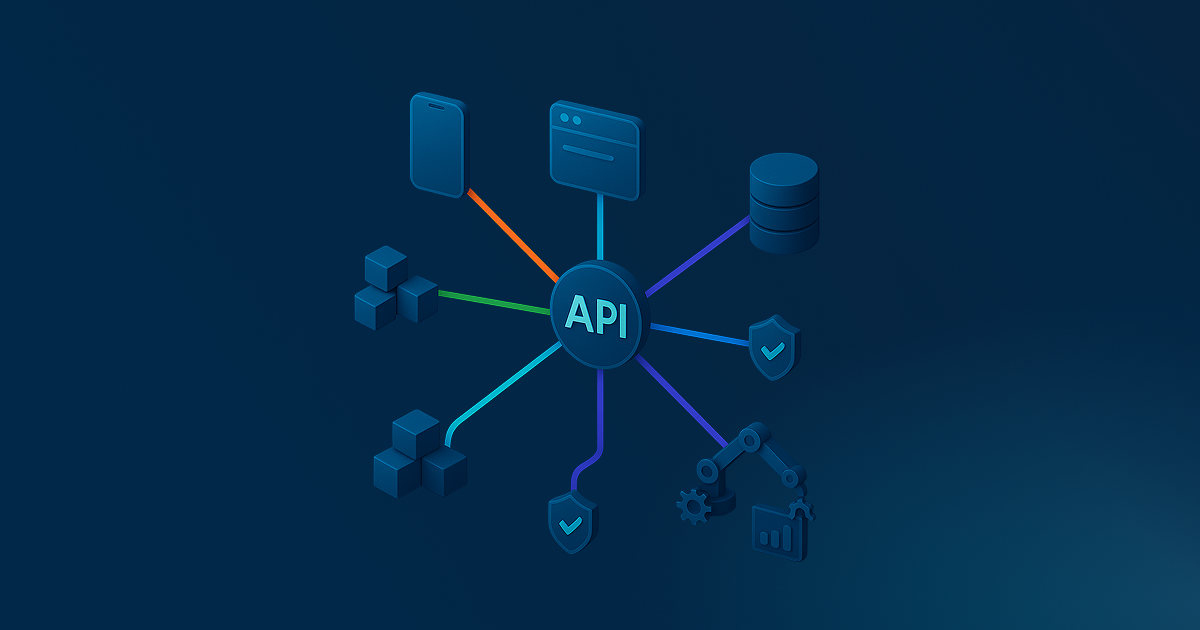How to prepare your support structure for enterprise customers
How to prepare your support structure for enterprise customers
Learn what changes when enterprise clients come in and adapt your support model before the pressure hits.
When a SaaS company shifts its focus to the enterprise market, a few things change. Not always in the type of ticket that comes in, but definitely in how those tickets need to be handled. The expectations, pressure, and visibility all increase—and your
support operation
needs to be ready for that.
If your company is growing and starting to bring in enterprise clients, it’s worth taking a moment to think about how your support team is set up to respond. Because what works for SMBs doesn’t always scale when bigger names enter the picture.
Same tickets, different pressure
Support tickets from enterprise clients aren’t always technically more difficult. What changes is the pressure behind them. A bug or a performance issue can show up anywhere. But when that issue affects an enterprise client, a lot more people are watching.
The SLA might say you have 30 minutes to respond to a P1.Your first response needs to show progress, direction, and confidence. And if the issue isn’t handled with care, things escalate fast. The customer success team gets involved. Sales might be looped in. Senior leaders could start asking questions.
This level of visibility adds stress to the team and raises the bar on how support is delivered.
→ Want better product support insights? Start with your tagging system
The role of the escalation manager
In these situations, one role has proven critical: the escalation manager. This isn’t just someone who routes tickets. It’s someone who takes ownership when things go sideways, who can make decisions quickly, and who knows when to involve others and when to hold off.
Escalation is rarely black and white. You need someone with the judgment to decide if the situation requires waking up an engineer or if it can wait until morning. You need someone who knows how to align expectations with the client, get the right people into a call, and keep the team focused on solving the issue instead of getting lost in the process.
This role is still new in many support structures, but it’s becoming essential. Especially in environments where engineering teams are small and deeply specialized, having someone to lead the response, coordinate communication, and track progress from start to finish makes a measurable difference.
What makes enterprise support different
In practice, the main difference is not just the content of the tickets, but the way they are prioritized and escalated.
When a P1 comes from an enterprise client, the default is to act. Fast. And if engineering needs to step in, the expectation is that it happens right away.
Another difference is in follow-through. It’s not enough to suggest a workaround and move on. Enterprise clients expect resolution, not just response. There’s often a customer success manager involved, tracking the issue to make sure it’s fully solved and reported back.
And because enterprise clients deal with larger environments and more complex setups, performance-related tickets tend to appear more often. That also requires more advanced troubleshooting and coordination across teams.
The value of showing up
One of the most effective things a support team can do is simply be present. We’ve seen situations where a client is clearly frustrated in a ticket. But once we suggest jumping on a call, the tone shifts completely.
It’s hard to overstate how much it matters to have someone say, “We’re here, we’re working on it, and we’ll figure this out together.” That presence builds trust. It changes how the client perceives your company. And it often turns a negative experience into one that reinforces the relationship.
Automation is useful, but there’s no substitute for the human element when things get serious.
→ You may also like: Unspoken customer needs: why valuable insights aren’t directly stated
What to do next: steps to strengthen your support structure for enterprise customers
1. Reassess what “support” means for enterprise accounts
Supporting enterprise clients isn't just about solving tickets. It requires managing pressure, visibility, and multiple internal and external stakeholders. Review your current support workflows and identify where higher-touch, proactive service is needed.
2. Establish clear escalation paths and roles
In enterprise scenarios, speed and ownership matter. Introduce or formalize an escalation manager role to lead decision-making when things go wrong. This person should know how to coordinate across teams, manage urgency, and communicate clearly with clients.
3. Adapt your SLAs and prioritization logic
Define different levels of priority and escalation based on customer tier. Ensure enterprise clients have access to high-priority ticket channels, and that your team is trained to respond accordingly, with meaningful and timely updates—not just acknowledgments.
4. Prepare for growth with both large and small customers
Don’t rely solely on enterprise deals. Balance your structure with scalable onboarding and support for smaller clients who may grow fast. Make sure your support team can flex across both models without burning out.
5. Train for communication under pressure
Support is no longer just technical. Teach your team how to handle tense interactions, lead live troubleshooting calls, and de-escalate emotionally charged conversations. The human element can be the difference between retention and churn.
6. Evaluate tooling and metrics
Make sure your platform supports multi-channel communication, fast routing, and visibility across all stakeholders. Review how you measure support performance: what matters for SMBs may not be enough for enterprises.
→ Discover where your support structure stands with a free, online support maturity assessment
Ready to scale your support operation?
Talk to one of our experts and explore how e-Core can help you build the structure, resilience, and responsiveness needed to support enterprise clients without losing focus on growth.

Author
Matheus Azevedo




